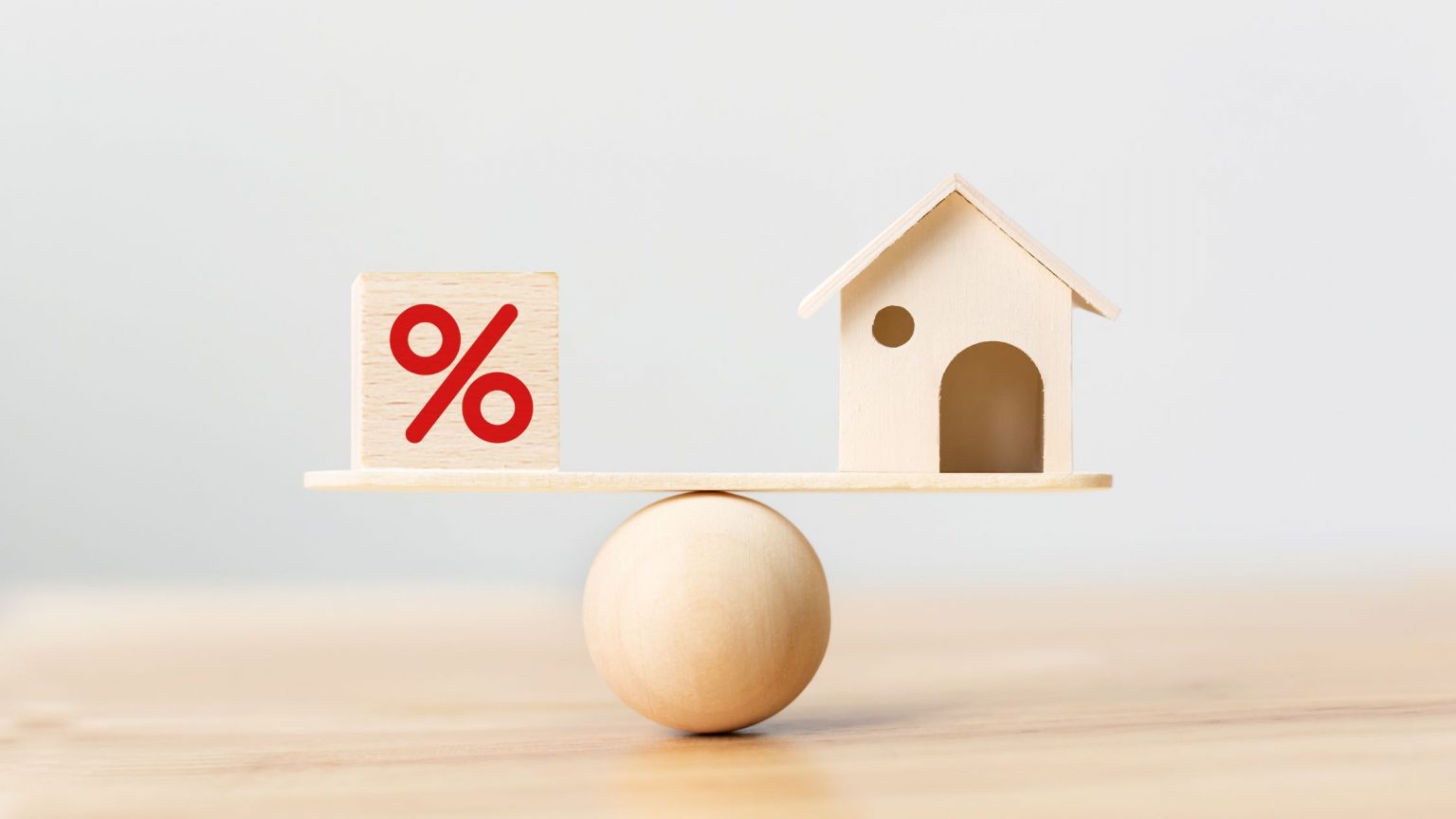
When you’re shopping for a mortgage, the interest rate and annual percentage rate (APR) are likely to play an important role in your decision. But what’s the difference when it comes to interest rate versus APR?
What is an interest rate?
The interest rate on your mortgage is the cost you pay your lender in exchange for borrowing money, expressed as a percentage rate. It does not include any fees or additional charges you may have to pay for the loan.
Mortgage interest rates change daily, sometimes multiple times a day. Several factors will affect your interest rate, including your credit score and down payment along with external factors such as inflation and the housing market.
Your mortgage interest rate might be fixed, meaning it will stay the same throughout the duration of the loan term, or adjustable, meaning it will change periodically based on the market. Regardless of whether your loan is a fixed-rate or adjustable-rate mortgage, you’re responsible for paying back the initial amount you borrow (your principal) plus any interest that accumulates on your loan.
What is APR?
The APR, or annual percentage rate, represents the true cost of borrowing a mortgage. It accounts for both your mortgage interest rate plus other fees, such as closing costs, loan origination fees, discount points, and private mortgage insurance (PMI). In effect, the APR is a more complete measure of a loan’s cost than the interest rate alone.
The Truth in Lending Act (TILA) requires mortgage lenders to disclose the APR along with the nominal interest rate so that you can fairly comparison shop your mortgage. Keep in mind, however, that lenders might not include all fees in the APR. Ask your lender what is and isn’t included in the APR when comparing offers so you have an accurate picture of how much each loan will cost.
The bottom line
Homebuyers often seek the lowest interest rate, but it’s important to understand the difference between the advertised mortgage rate and the annual percentage rate when evaluating the cost of a mortgage loan. While both the interest rate and APR reflect the cost of borrowing money, the APR is a more accurate picture of the real cost of financing.
Ultimately, the APR is an excellent tool to help you compare offers from various lenders. However, you should compare both the interest rate and APR when shopping for your mortgage.
Let’s get started
Use our free mortgage and amortization calculators to determine your monthly payment, including mortgage insurance, taxes, interest, and more.
To get started with the mortgage loan process, get a free rate quote or fill out our online loan application to get pre-approved!
Get My Custom Rate QuoteNo SSN required. Zero impact to credit. Your Information is never sold.